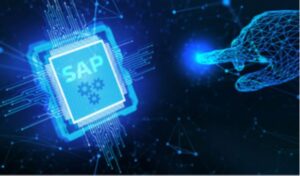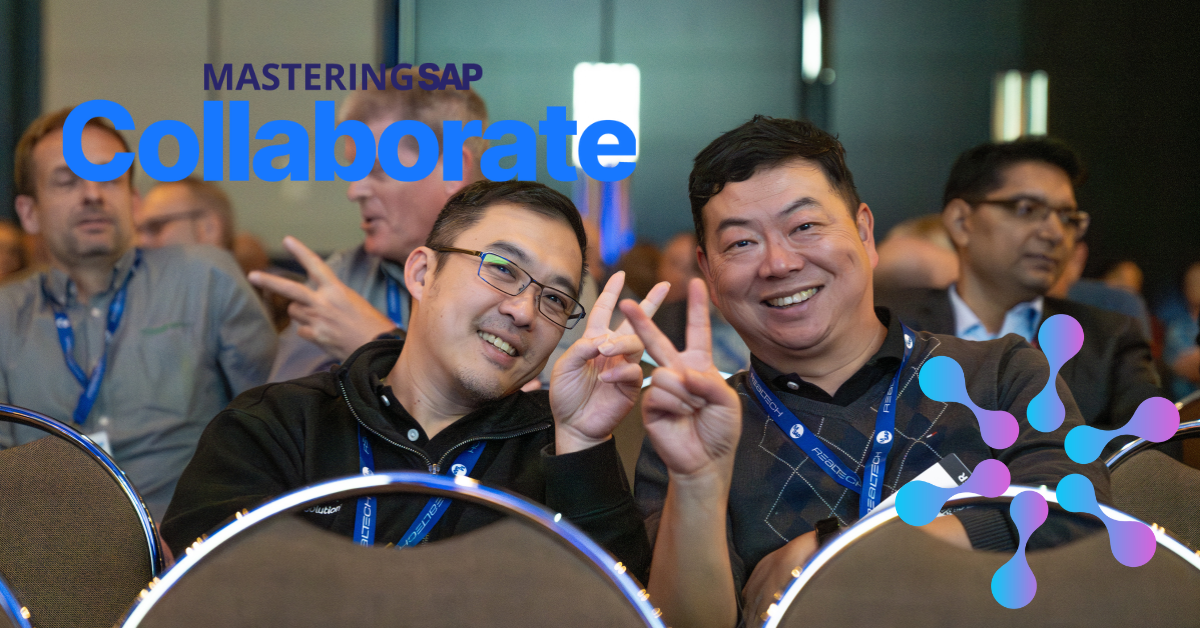Find the Light at the End of the Tunnel With In-Process Quality Checks
Meet the Authors
Key Takeaways
⇨ Organizations need robust systems in place to manage transport requests effectively in SAP to minimize risks and ensure the integrity of production environments.
⇨ REALTECH's SmartChange solution simplifies SAP Change and Transport management by providing integrated quality checks that help identify and mitigate risks like collisions and overwriters.
⇨ SmartChange enhances the user experience by allowing easy approval processes and providing an audit summary of the transport lifecycle, facilitating better decision-making and streamlined operations.
In a world consistently moving forward, organizations must do their best to keep up with the progress. To be able to do that, it is necessary to ensure that all operations, including transport management, have systems set in place that can help prevent possible risks and failures. However, ensuring this is certainly not an easy task – especially when leveraging an ERP system as complex as SAP.
Particularly in the SAP Transport Management module, the insurance of the quality of transport requests is crucial to avoid various risks that could affect the integrity of the system and lead to problems in the production environment. Specifically, if certain aspects of the transport requests, such as collisions, overwriters and more, are not checked and maintained, errors may occur and the import can fail. So, it is important to have an established system and procedure in place that could help ensure these risks do not become a reality.
Enter REALTECH, an intelligent software provider for IT management. The company offers a SmartChange solution, created to simplify users’ SAP Change and Transport management, the software offers integrated and automated quality checks to minimize typical risks for productive SAP systems.
Explore related questions
The way it works is, when it comes to the third stage in the user’s three-system landscape, transports can be approved within the same software and page by clicking “technical approval”. SmartChange then automatically performs the quality check of the transports for any of the following risks: Collisions/overtakers, overwriters, critical objects, special aspects, dependencies and completeness. If the system detects any of these risks in a transport, users will see a pop-up window notifying them of the various check criteria.
The primary benefit of this display is that this way, the user has an opportunity to easily view the criteria and decide whether to approve it, forward it to a third party or cancel the approval process entirely. Consequently, users can view the audit summary of the entire transport lifecycle, keeping all the relevant information in one place.
This example shows that, despite the seeming complexity of the SAP system and operations that come with transport management, there certainly is a light at the end of the tunnel that eases the journey. With solutions like SmartChange, users may be able to find a way to achieve a simple overview of their transport management system and streamline operations in the world of relentless pursuit of innovation.






